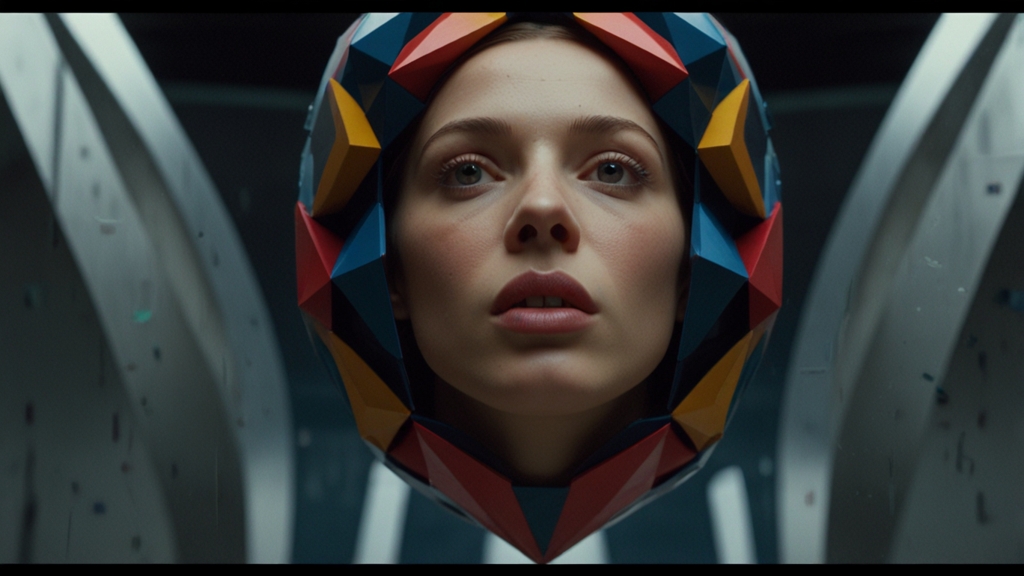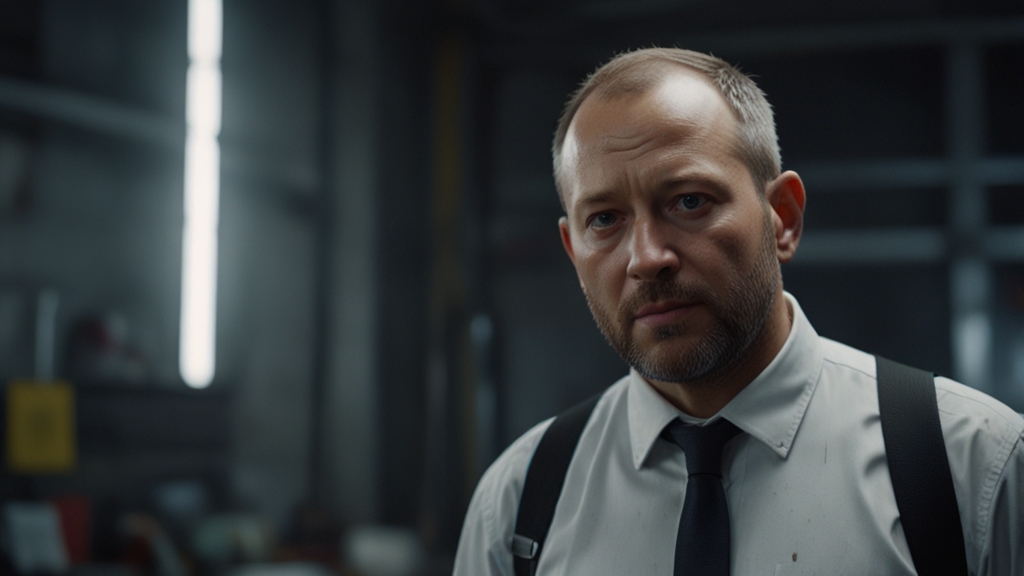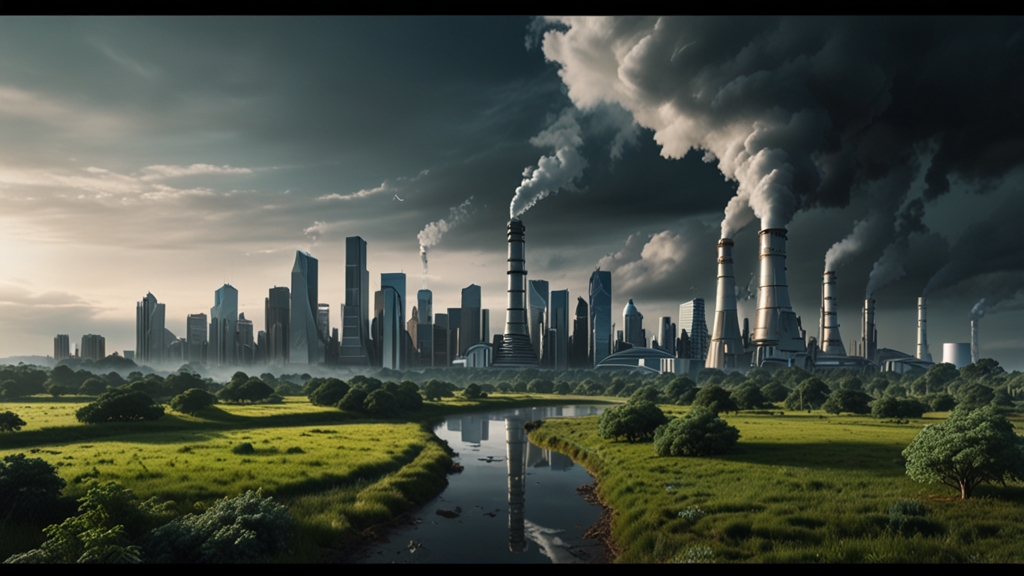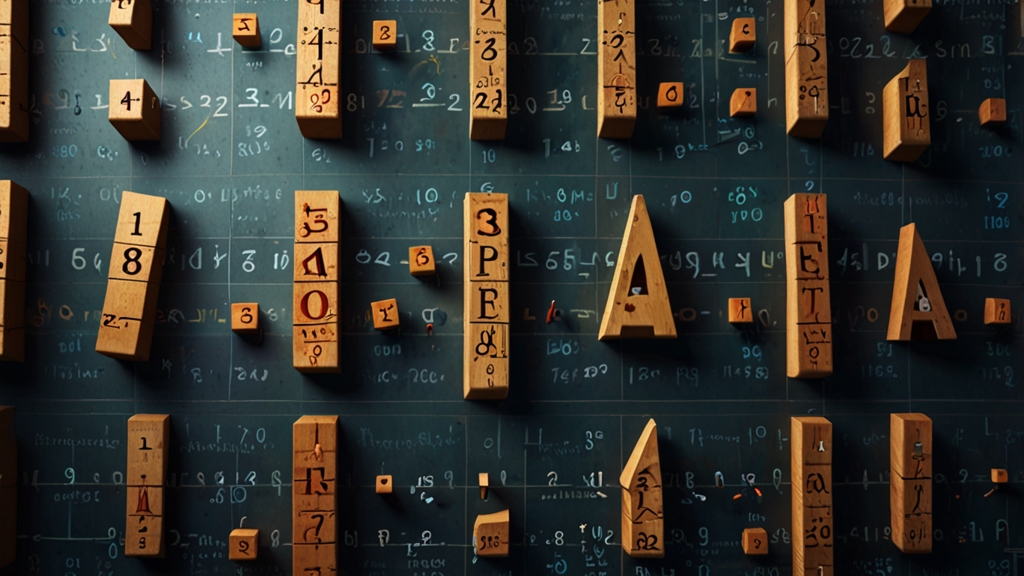Geometry in Movies: The Shapes that Captivated Audiences
Geometry in movies may not be the first thing that comes to mind when enjoying a cinematic experience, but it plays an essential role in storytelling, visual aesthetics, and even psychological impacts on audiences. Filmmakers meticulously design scenes with geometric principles to enhance the narrative, develop characters, and evoke emotions. Let's delve into the fascinating world of shapes in cinema and how they have left an indelible mark on audiences.
The Role of Geometry in Set Design
Set design is one of the primary areas where geometry shines in films. The arrangement of objects, the composition of scenes, and even the architectural elements are influenced by geometric principles. One classic example of this is the use of symmetry. Symmetrical compositions offer a sense of balance and order. Filmmakers like Wes Anderson are renowned for their use of symmetry, creating visually pleasing and aesthetically harmonious scenes that captivate viewers.
“Symmetry is a powerful tool for filmmakers. It brings a sense of stability and peace while simultaneously allowing the director to subtly highlight elements of the story. In movies like ‘The Grand Budapest Hotel’, symmetry enhances the film's whimsical and orderly universe.” - Cinema Enthusiast
Conversely, asymmetry can be used to create tension or unease. Horror films often use asymmetrical set designs to evoke a subconscious feeling of discomfort. The tilted angles, odd shapes, and uneven lines contribute to unsettling atmospheres that keep viewers on the edge of their seats.
Shapes as Symbols
Shapes also act as powerful symbols in films. Circles, for instance, often represent infinity, unity, or the cyclical nature of life. Stanley Kubrick’s masterpiece, "2001: A Space Odyssey," employs circular shapes extensively. The iconic monolith is rectangular, but the spaceship interiors and HAL’s eye are circular, symbolizing the unending nature of space and human consciousness.
Triangles can imply conflict, tension, or a tripartite relationship. Films like “The Shining” use triangular compositions to create a sense of instability and dread. The infamous carpet pattern in the Overlook Hotel is a perfect example of how geometry can contribute to the atmosphere of a film.
“Using triangles in film composition isn't just an artistic choice; it’s a psychological ploy to create anxiety. Viewers may not consciously notice these shapes, but their minds do, and it adds layers of tension to the narrative.” - Film Psychologist
Geometric Motion and Choreography
It's not just the static elements that benefit from geometric planning; motion and choreography in films also adhere to geometric rules. Action sequences and dance numbers often follow precise geometric patterns to ensure fluidity and visual coherence. The hallway fight scene in "Inception" employs rotating geometries to create a mind-bending experience that has become iconic in film history.
Moreover, geometric choreography is beautifully demonstrated in musicals and dance films. The classic film "Singin' in the Rain" features meticulously planned dance sequences where shapes and patterns created by the dancers add a mesmerizing level of artistry to the performance.
The Emotional Impact of Geometric Composition
The use of geometry in movies is not merely about aesthetics; it has significant emotional impacts. Compositions that use squares and rectangles may evoke feelings of confinement, rigidity, or monotony, while curved shapes can elicit feelings of freedom, movement, and fluidity.
Interestingly, some filmmakers combine multiple geometric elements to create complex emotional tapestries. Christopher Nolan is known for his intricate plot structures and visual complexity. In films like "Interstellar," the geometry of love, time, and space is deeply intertwined, influencing the audience's emotional journey through the story.
“Nolan’s work exemplifies how intricate geometric planning can push the boundaries of storytelling. His films often leave viewers contemplating the spatial and emotional dimensions long after the credits roll.” - Film Critic
Conclusion
Geometry in movies is an unseen hand that guides the viewer’s experience, subtly weaving shapes and patterns into the fabric of storytelling. From the symmetrical delights of Wes Anderson’s films to the tension-inducing asymmetry in horror flicks, and the symbolic use of circles and triangles, geometry helps create memorable cinematic moments. Next time you watch a film, take a moment to appreciate the geometric artistry that contributes to the magic of the movies.









